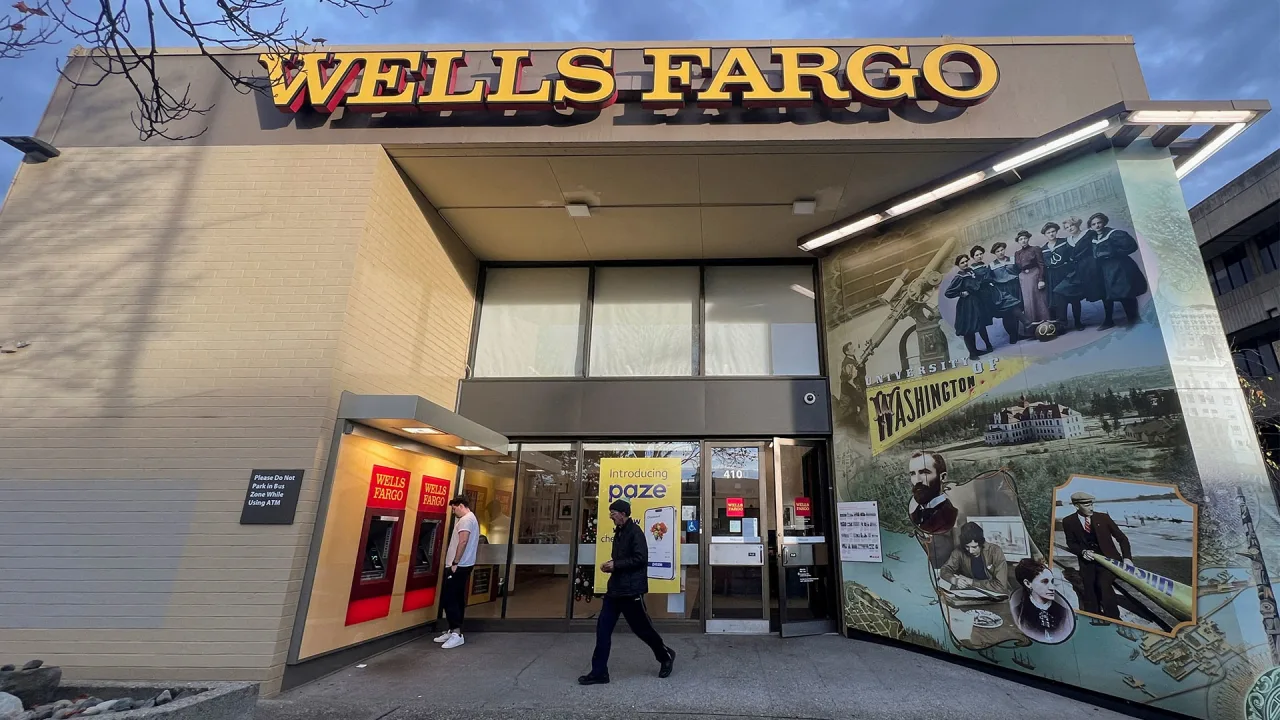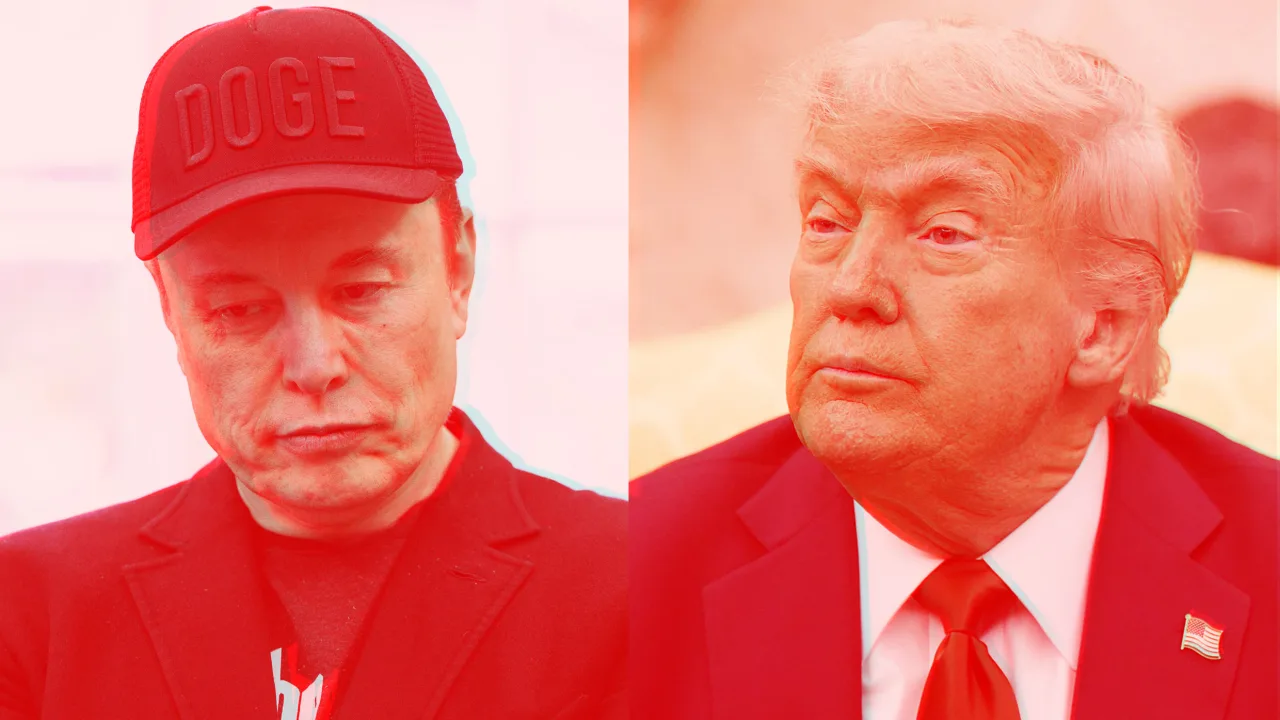Wells Fargo reaches ‘pivotal milestone’ as the Fed lifts an unprecedented restriction
Wells Fargo was released from a punitive, seven-year-long $1.95 trillion cap on its assets on Tuesday after the U.S. Federal Reserve lifted the regulatory measure, allowing the bank to pursue unimpeded growth. The move handed a major victory to CEO Charlie Scharf, who has been cleaning up the bank since taking the top job in 2019, and sent the bank’s shares up 2.7% in after-hours trading as investors anticipated that the bank can now expand. Wells has said it wants to grow in areas such as credit cards, wealth management and commercial banking. “It will be a significant bump for the stock in the near term and also paves the way for long-term growth as they don’t have to manage their business around the asset cap now,” said Brian Mulberry, client portfolio manager at Zacks Investment Management, which holds Wells Fargo stock. The Fed imposed the unprecedented restriction in 2018 following years of high-profile missteps at the bank, including a far-ranging scandal in which employees opened millions of unauthorized accounts for customers. But the Fed said in a statement that the bank had made “substantial progress” in addressing its deficiencies, including improving its governance and risk-management programs, and completing a third-party review of its overhaul. The Fed board voted unanimously to lift the restriction, which was the first time the central bank had directly ordered a bank to stop growing in order to address widespread shortcomings. “This marks the end of a painful period for Wells Fargo, and also serves as a reminder for financial institutions to be sure customer interests are always aligned with growth goals,” said Stephen Biggar, banking analyst at Argus Research in New York. The decision is a major step in the bank’s longstanding efforts to repair the damage from scandals that erupted in 2016, drawing public criticism and billions of dollars in fines. Scharf called the move a “pivotal milestone.” “We are a different and far stronger company today because of the work we’ve done,” he said in a statement, adding that all full-time bank employees will receive a $2,000 award to commemorate the accomplishment. JPMorgan Chase Chief Executive Officer Jamie Dimon praised Scharf, once his protege and a former executive at the bank. “Charlie and his team deserve a lot of credit—having worked extremely hard to resolve the company’s heritage issues,” he said. MAJOR SHIFT While the bank still faces some additional oversight from the Fed as part of the 2018 order, the removal of the asset cap marks a major shift for the nation’s fourth-largest lender, after the scandals ousted multiple executives as regulators piled fines and restrictions on the bank for its wrongdoing. “This . . . removes a major regulatory overhang,” said Mac Sykes, portfolio manager at Gabelli Funds in New York. “It provides them a reputational boost which is helpful, provides more and different capital allocation opportunities and allows them to grow their balance sheet.” The bank came under regulatory scrutiny for years after scandal erupted in 2016, which revealed the bank also charged unnecessary mortgage fees and forced drivers to buy car insurance they did not need, often to meet sales goals. It paid billions in penalties and was also slapped with lawsuits from customers and shareholders. Before Scharf was hired as CEO, two former chief executives left in the wake of the controversy. The bank became a major focus of criticism in Washington as well, with numerous lawmakers calling for executives to be removed and for the bank possibly to be broken up. The lender cleared numerous consent orders this year, and over a dozen since 2019. Regulators impose consent orders, or public enforcement actions that are often accompanied by fines. The orders instruct banks to fix problems in a timely way. In 2024, Democratic U.S. Senator Elizabeth Warren warned the Fed not to remove the cap until the bank had fixed its risk and compliance issues. “The Fed’s decision to lift Wells Fargo’s asset cap and declare victory despite overwhelming evidence to the contrary is an outrageous giveaway to one of Wall Street’s most derelict banks,” she said on Tuesday. Scharf said last year the asset cap was curtailing the bank’s ability to take in more corporate deposits and expand its trading business at a time when peers have grown. The bank has been managing its wholesale deposits and markets businesses carefully to comply with the cap, and those are areas it would expect to expand when the restrictions are lifted, Scharf told analysts in October. The assets of Wells Fargo peer JPMorgan Chase swelled by nearly $2 trillion since the start of 2018, while those of Bank of America and PNC Financial added about $1 trillion and nearly $200 billion, respectively. Some saw the Fed’s action as good for the overall market. “Whenever you have a situation where stress is reduced or taken away from the

Wells Fargo was released from a punitive, seven-year-long $1.95 trillion cap on its assets on Tuesday after the U.S. Federal Reserve lifted the regulatory measure, allowing the bank to pursue unimpeded growth.
The move handed a major victory to CEO Charlie Scharf, who has been cleaning up the bank since taking the top job in 2019, and sent the bank’s shares up 2.7% in after-hours trading as investors anticipated that the bank can now expand. Wells has said it wants to grow in areas such as credit cards, wealth management and commercial banking.
“It will be a significant bump for the stock in the near term and also paves the way for long-term growth as they don’t have to manage their business around the asset cap now,” said Brian Mulberry, client portfolio manager at Zacks Investment Management, which holds Wells Fargo stock.
The Fed imposed the unprecedented restriction in 2018 following years of high-profile missteps at the bank, including a far-ranging scandal in which employees opened millions of unauthorized accounts for customers.
But the Fed said in a statement that the bank had made “substantial progress” in addressing its deficiencies, including improving its governance and risk-management programs, and completing a third-party review of its overhaul.
The Fed board voted unanimously to lift the restriction, which was the first time the central bank had directly ordered a bank to stop growing in order to address widespread shortcomings.
“This marks the end of a painful period for Wells Fargo, and also serves as a reminder for financial institutions to be sure customer interests are always aligned with growth goals,” said Stephen Biggar, banking analyst at Argus Research in New York.
The decision is a major step in the bank’s longstanding efforts to repair the damage from scandals that erupted in 2016, drawing public criticism and billions of dollars in fines.
Scharf called the move a “pivotal milestone.”
“We are a different and far stronger company today because of the work we’ve done,” he said in a statement, adding that all full-time bank employees will receive a $2,000 award to commemorate the accomplishment.
JPMorgan Chase Chief Executive Officer Jamie Dimon praised Scharf, once his protege and a former executive at the bank. “Charlie and his team deserve a lot of credit—having worked extremely hard to resolve the company’s heritage issues,” he said.
MAJOR SHIFT
While the bank still faces some additional oversight from the Fed as part of the 2018 order, the removal of the asset cap marks a major shift for the nation’s fourth-largest lender, after the scandals ousted multiple executives as regulators piled fines and restrictions on the bank for its wrongdoing.
“This . . . removes a major regulatory overhang,” said Mac Sykes, portfolio manager at Gabelli Funds in New York. “It provides them a reputational boost which is helpful, provides more and different capital allocation opportunities and allows them to grow their balance sheet.”
The bank came under regulatory scrutiny for years after scandal erupted in 2016, which revealed the bank also charged unnecessary mortgage fees and forced drivers to buy car insurance they did not need, often to meet sales goals.
It paid billions in penalties and was also slapped with lawsuits from customers and shareholders. Before Scharf was hired as CEO, two former chief executives left in the wake of the controversy. The bank became a major focus of criticism in Washington as well, with numerous lawmakers calling for executives to be removed and for the bank possibly to be broken up.
The lender cleared numerous consent orders this year, and over a dozen since 2019.
Regulators impose consent orders, or public enforcement actions that are often accompanied by fines. The orders instruct banks to fix problems in a timely way.
In 2024, Democratic U.S. Senator Elizabeth Warren warned the Fed not to remove the cap until the bank had fixed its risk and compliance issues.
“The Fed’s decision to lift Wells Fargo’s asset cap and declare victory despite overwhelming evidence to the contrary is an outrageous giveaway to one of Wall Street’s most derelict banks,” she said on Tuesday.
Scharf said last year the asset cap was curtailing the bank’s ability to take in more corporate deposits and expand its trading business at a time when peers have grown.
The bank has been managing its wholesale deposits and markets businesses carefully to comply with the cap, and those are areas it would expect to expand when the restrictions are lifted, Scharf told analysts in October.
The assets of Wells Fargo peer JPMorgan Chase swelled by nearly $2 trillion since the start of 2018, while those of Bank of America and PNC Financial added about $1 trillion and nearly $200 billion, respectively.
Some saw the Fed’s action as good for the overall market.
“Whenever you have a situation where stress is reduced or taken away from the system, especially for one of the largest banks in the country, that bodes well for the market and for the economy,” said Adam Sarhan, chief executive of 50 Park Investments in New York.
—Pete Schroeder and Nupur Anand, Reuters























































































































































